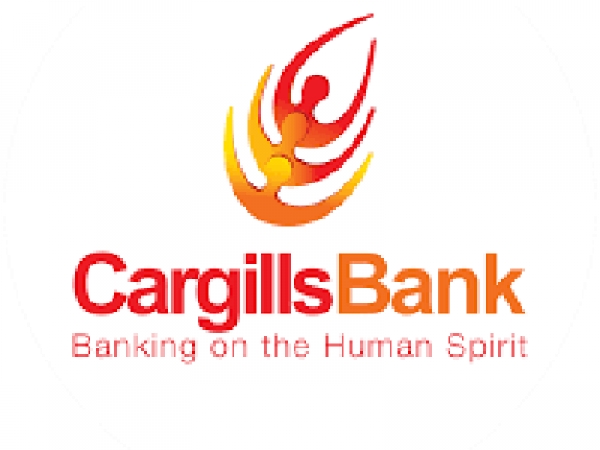Cargills Bank Limited gave a dour outlook for the company’s earnings and asset quality for the remainder of the year, coming directly from the pandemic and the subsequent relief measures extended to affected parties, as the bank said that the crisis had impaired its ability to generate interest incomes and other fees.
The Cargills group bank already had problems with its asset quality even before the pandemic outbreak, as the company had few large ticket loans in bad status, including one from a major construction sector company, weighing on its profits. The bank’s loans and bad loans portfolio is highly skewed towards the corporate segment and the company is making adjustments to balance the mix among retail, SME and corporate. The pandemic, despite its challenges, has opened up a better and a faster route to increase the bank’s exposure to SMEs by way of participating in refinance schemes and interest subsidy schemes announced by the Central Bank.
The bank’s gross non-performing loan ratio was 13.78 percent by March 31, 2019, rising from 12.79 percent at the beginning of the year. The industry non-performing loan ratio was 5.1 percent by end-March, up from 4.7 percent at the start of the year. “The COVID-19 pandemic would increase the non-performing loans and advances of the bank and coupled with the negative impact arising from the debt moratorium relief granted by the CBSL on interest income, fee income and cash flows will result in lower profitability of the bank,” Cargills Bank said in a note accompanying the interim financial accounts.
Meanwhile, the lender reported a downbeat financial performance for the quarter ended March 31, 2019 (1Q20). During the quarter, the bank saw its losses widening to Rs.242.6 million, from Rs.196.5 million a year ago.
The bank reports its interim results with a lag to other banks and entities, as it is not mandated to follow the strict deadlines on filing its results to the Colombo Stock Exchange (CSE), since the company is yet to be listed.
The bank was actively seeking a listing in the early part of 2020 but the pandemic may have pushed the timing further down.
The bank with assets of Rs.42.2 billion gave Rs.2.4 billion in new loans during the quarter under review, taking its total loan book up to Rs.31.3 billion.
Nearly a quarter of this growth or Rs.576 million came from the bank’s credit card portfolio, since the bank had been aggressive in its cards push as a fairly new entrant to
the industry.
The company’s interest margin narrowed to 4.65 percent, from 5.55 percent at the beginning of the year, in tandem with the decline in the market interest rates. The bank made a net interest income of Rs.459.6 million, up 7 percent from the comparable period, last year.
The bank provided Rs.279.1 million for possible loan defaults, down 7 percent from a year ago period. But such provisions could become more pronounced once the relief
period ends.
Meanwhile, the bank raised Rs.3.6 billion in new deposits, bringing the total deposit base up to Rs.28.6 billion.
As at March 31, 2020, Cargills (Ceylon) PLC with CT Holdings PLC collectively held a 65 percent stake in the bank while the Monetary Board of the Central Bank held another 4.98 percent stake on behalf of the Employees’ Provident Fund (EPF).




